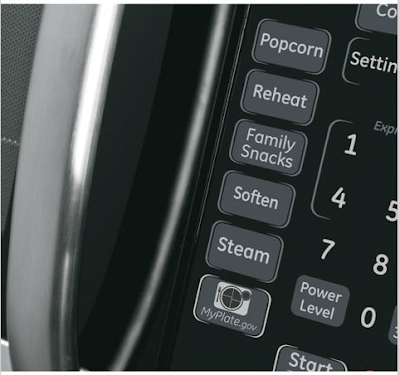The March 2012 edition of the Harvard Business Review is featuring an article by General Electric's CEO, Jeffrey Immelt, a man we've previously described as someone who "couldn't compete his way out of a wet paper bag."
Immelt, who also heads President Obama's Council on Jobs and Competitiveness, writes on "Sparking an American Manufacturing Renewal". In that article, he points to GE Appliances as an example for the broken paradigm of offshoring work to foreign countries when it might otherwise make more sense to stay in the U.S. (HT: Mark Perry):
One thing is clear: Outsourcing that is based only on labor costs is yesterday's model.
Today at GE we are outsourcing less and producing more in the U.S. We created more than 7,000 American manufacturing jobs in 2010 and 2011. Our success on the factory floor rests on human innovation and technical innovation – the keys to leading an American manufacturing renewal. When we are deciding where to manufacture, we ask, "Will our people and technology in the U.S. provide us with a competitive advantage?" Increasingly, the answer is yes.
Engineering are hands-on and iterative, and our most innovative appliance-design work is one in the United States. At a time when speed to market is everything, separating design and development from manufacturing didn't make sense.
Complex trade-offs have always been involved in location decisions, but as these trade-offs have shifted, around 2008, we came to the conclusion that outsourcing was quickly becoming mostly outdated as a business model for GE Appliances.
It's funny that he uses GE Appliances for his example, because that division of the company also provides a unique example of how dependent the entire company has become upon federal government's mandates, protections and subsidies for its revenue.
Here, if you want to see just how dependent the company has become upon the federal government "assistance", look no further than the front of its latest microwave ovens, where you'll find the "MyPlate.gov" button.
What does this mysterious button do? Can you figure it out without doing some research? Couldn't the company's designers devise a more intuitive way of communicating what will happen to whatever you've put in the oven to cook if you press it? And just what kind of results will you get out of that GE appliance if you use it?
That you cannot answer any of these questions right off the bat tells you that really bad design is involved.
But maybe you can figure it out from the other buttons that are right next to it. You can clearly see it's right under the Popcorn, Reheat, Family Snacks, Soften, and Steam buttons.... Surely it's obvious what GE's "human and technical innovation" staff intended purpose for the button is!
Or not. From our perspective, we think a better explanation of the function of the "MyPlate.gov" button has to do with GE's reliance upon government assistance for its revenue. We can't imagine what kind of detailed marketing studies or kind of high-level engineering analysis that might be performed by GE Appliance's non-outsourced "human and technical innovation" staff that would ever suggest putting such a mysterious label on a button on a microwave oven would be a good idea.
By contrast, you probably don't have any questions about what purpose the "Popcorn" button serves. That's because somebody actually studied how people actually use their microwave ovens over time and found that a special purpose button like that makes sense to include on the product. And because it captures how many people are actually using their microwave ovens, there's no question what function the "Popcorn" serves. That's how good design works in the real world!
That leaves the most likely explanation for the button's very presence on a device that might find a home in millions of American households is that the suits at GE thought it would be a good idea because it would make somebody in the U.S. federal government happy. Because if your revenue depends upon making those people happy, rather than say, consumers, good product design sense is going to go out of the window.
The "MyPlate.gov" button would also be an indication that GE has given up on the idea of exporting these particular units outside the United States. Because why would any potential consumer in any other country care about a button on a microwave oven whose mysterious purpose involves some sort of U.S. government web site?
We wonder when we might expect "milking government assistance for competitive advantage" to become the next outdated business model for GE?
References
Immelt, Jeffrey R. "The CEO of General Elecric on Sparking an American Manufacturing Renewal". Harvard Busines Review. March 2012.
Image Credit: Dalai's PACS Blo0g.

Tidak ada komentar:
Posting Komentar